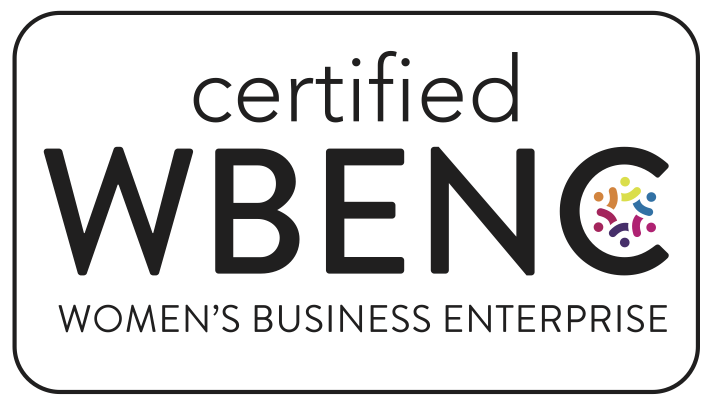Most companies would prefer that their employees step up and do their best work voluntarily instead of having to be pushed just to do the bare minimum. But when organizations focus solely on achieving compliance (which is not much more than getting people to check boxes), they are missing the bigger picture: commitment. When people commit to something, they do it with more energy and focus -- and yes, that includes safety performance.
Clarity first
People rarely commit to anything that isn't clear. When the details are murky, they hesitate. They might comply in the moment, but that is certainly not a commitment.
For employees to be willing to commit to the goals of the company, they need clarity -- not just about what the goal is but about what's in it for them. That means more than just money, because money does not create commitment but is simply a transaction. People seldom do things solely for money, but they are more willing to commit to a cause, a program, or a goal if they can see how it aligns with their own values, goals (whether short-term or long-term), and ethics.
Short-term compliance versus long-term commitment
In Front of the House: Restaurant Manners, Misbehaviors, and Secrets, restauranteur Jeff Benjamin discusses how restaurants often struggle when they focus more on short-term sales (getting customers in the door tonight) rather than on long-term relationships (ensuring that those customers become repeat visitors). Filling a restaurant one time is easy: make a lot of noise, have a celebration, discount the food. But smart restauranteurs want each customer to return to their restaurant again and again (and spread the word about the restaurant to their friends, too), so they ensure that their staff provide all customers with an exceptional restaurant experience -- one that will make them want to commit to dining at there again.
How a company handles its safety program is not unlike how a restaurant handles customers. It's easy to achieve compliance -- the minimum -- one time by clamping down on safety procedure, ensuring that safety personnel are in the field watching everyone, or relying on brute force enforcement. But, like the diners who don't return to a restaurant after an underwhelming dining experience, employees don't commit to following safety procedures if they haven't been totally sold on them.
The tactics of the past don't work today
Just because an organization achieves compliance today doesn't mean it has its employees' commitment to safety tomorrow. Safety programs need to become focused on encouraging people to want to follow safety procedures and to do so voluntarily because they are committed to the safety program. The more a company chases its people into compliance, the more the company will have to chase them into compliance.
Using accident photos and horror stories about workplace injuries to scare and guilt employees might achieve improved safety behavior, but forced and fear-based compliance doesn't last and in fact requires using more severe examples each time -- just as restaurants without a loyal, expanding clientele have to offer more incentives and bigger discounts to bring in new customers. And after a while, this strategy stops working completely.
There is a better way
Compliance on its own is fleeting and unreliable. When employees are committed to safety, their compliance will follow. Without that commitment, though, employees will look for shortcuts, reasons, and excuses to avoid compliance or -- worst of all -- another workplace that allows them to feel like they fit.
To get long-term commitment instead of short-term compliance, organizations need to follow a three-step strategy when implementing their safety programs:
- Clarify the safety message to ensure that every employee understands their role, the goals of the safety program, the mindset needed to execute it, and its benefits to the employee.
- Build supervisor support for the program, because when supervisors are not on board with safety, their crews won't be either.
- Get employee buy in through safety meetings as well as conversations about the employees' perspectives and concerns about the safety program.
Building commitment to a safety program can take months. The work is well worth the effort, though, because companies want (and in fact need) their people to embrace safety voluntarily in order for it to be more than bare-minimum compliance. Once a long-term commitment is present, the workplace becomes a much safer space for everyone.
Kevin Burns is the president and CEO of KevBurns Learning, where he works with smart, caring companies to energize safety culture, build teamwork, and get employee buy-in. He is the author of PeopleWork: The Human Touch in Workplace Safety and can be reached at kevin@kevburns.com.
1 Future Workplace. 2021. "2021 HR Sentiment Survey: Five Strategic Priorities for the Hybrid Workplace." Future Workplace website, futureworkplace.com/ebooks/2021-hr-sentiment-survey.
2PwC. 2020. "PwC's HR Technology Survey 2020." PwC website,www.pwc.com/us/en/services/consulting/workforce-of-the-future/library/hr-tech-survey.html..
3CFortune Business Insights. 2021. "Human Resource (HR) Technology Market Size, Share & COVID-19 Impact Analysis, By Component (Software and Services), By Deployment (Cloud and On-premise), By Industry (BFSI, IT and Telecom, Government, Manufacturing, Retail, Healthcare, and Others), and Regional Forecast, 2021-2028." Fortune Business Insights website, June, www.fortunebusinessinsights.com/human-resource-hr-technology-market-105437.

